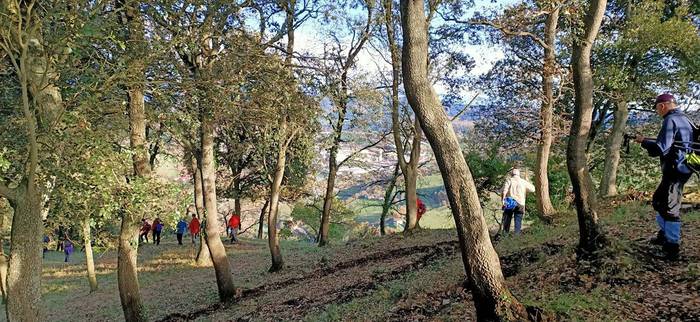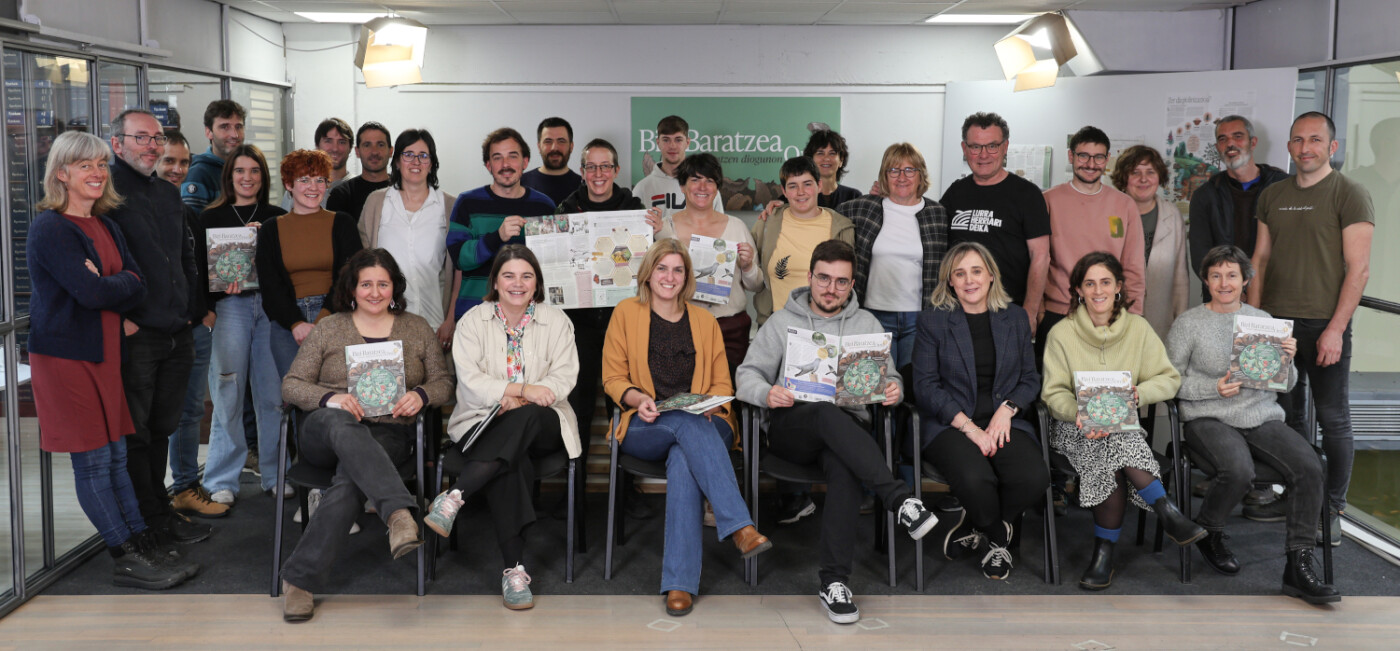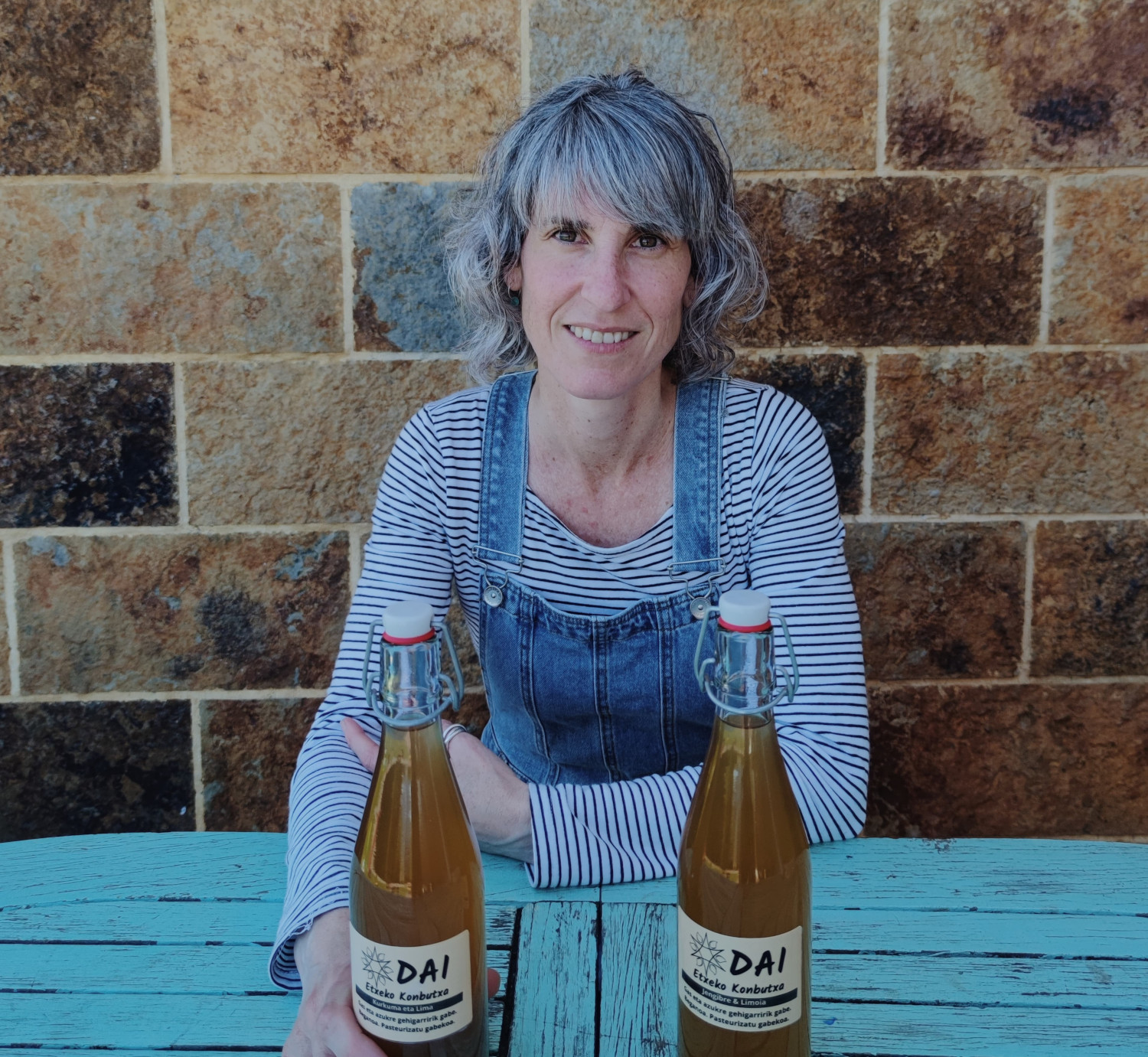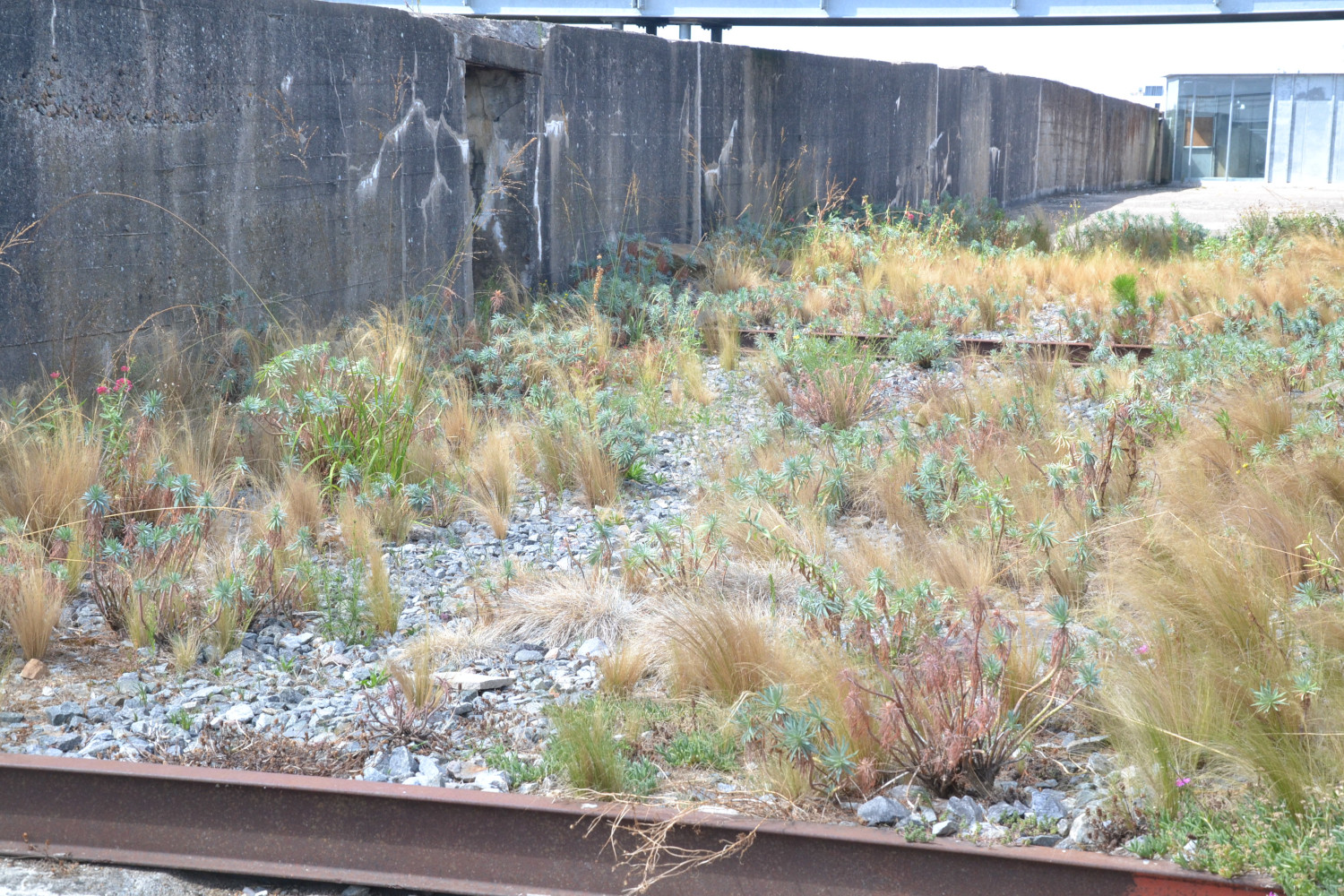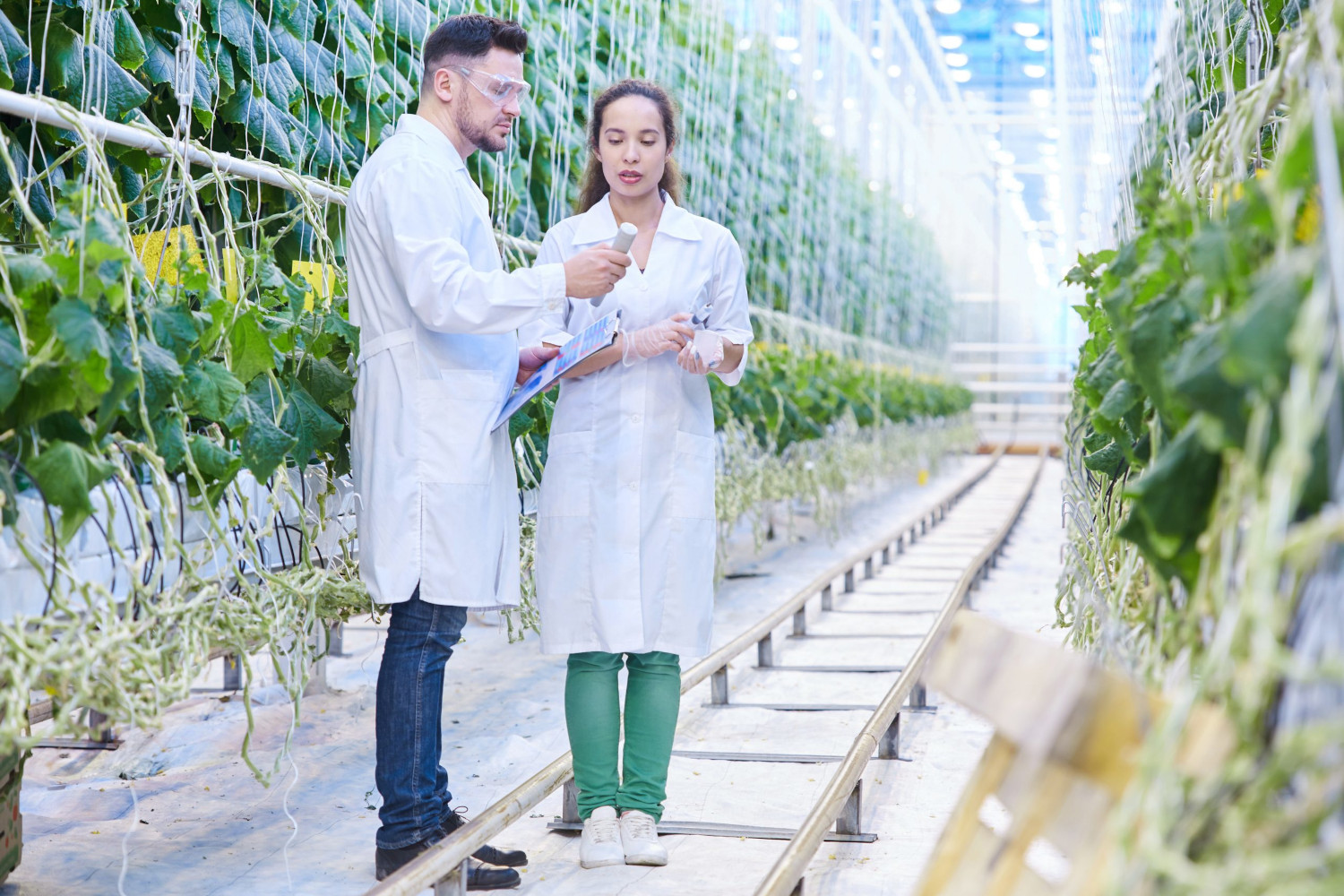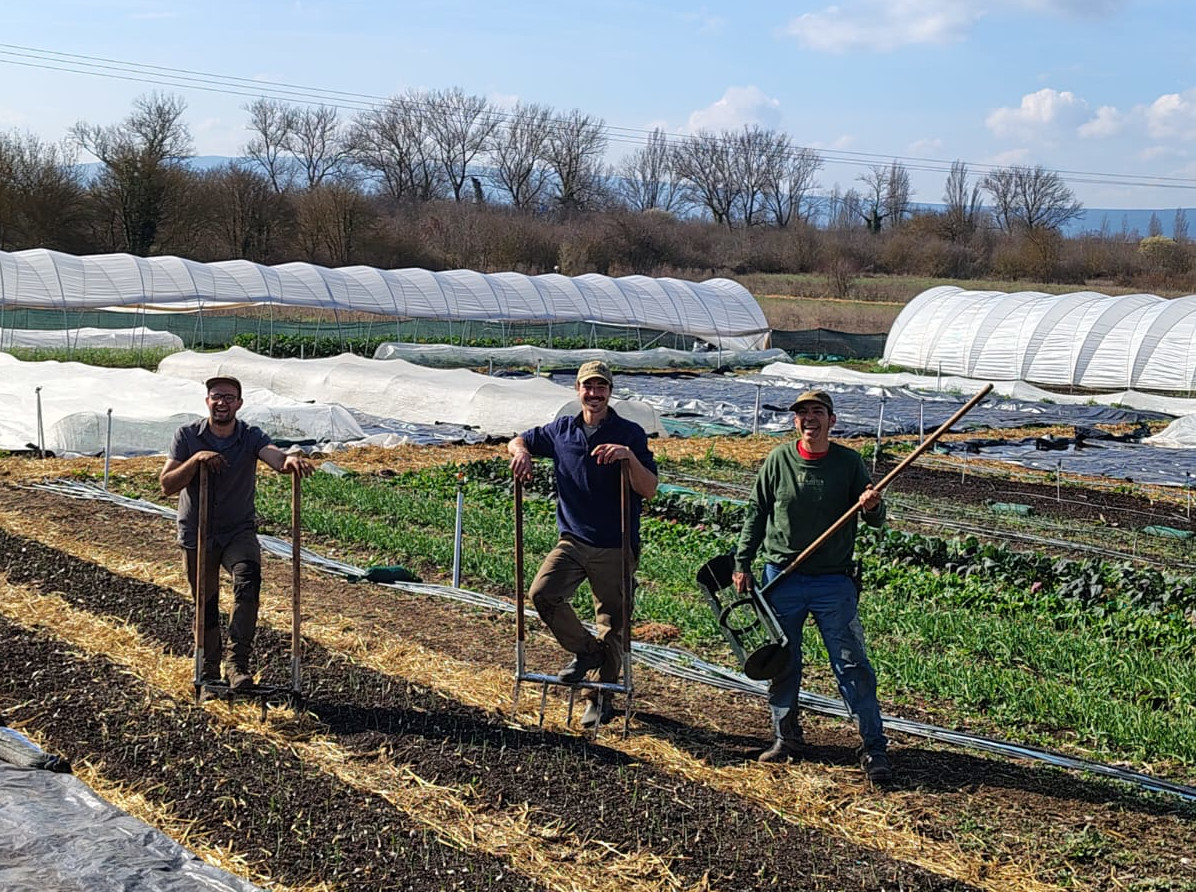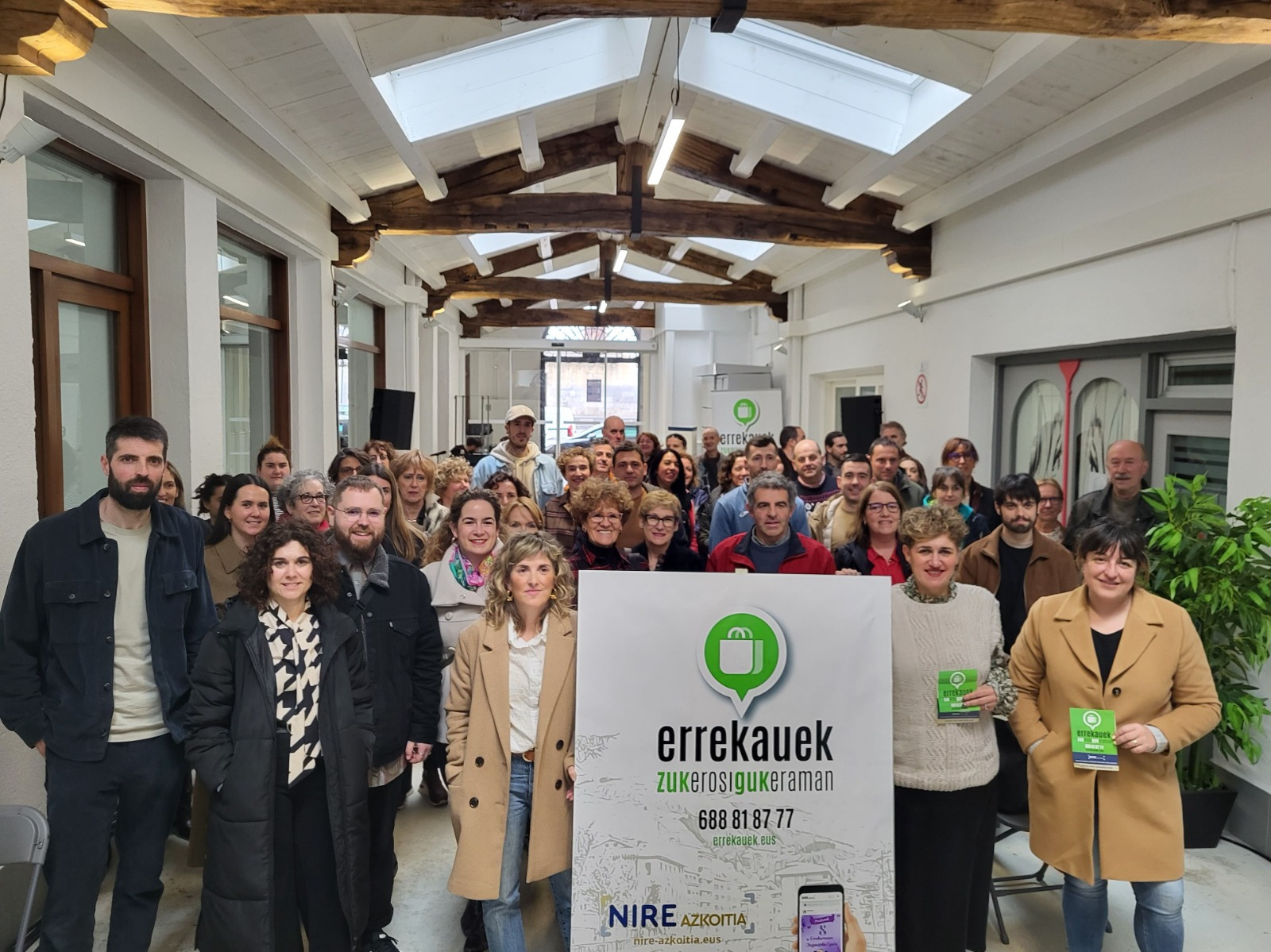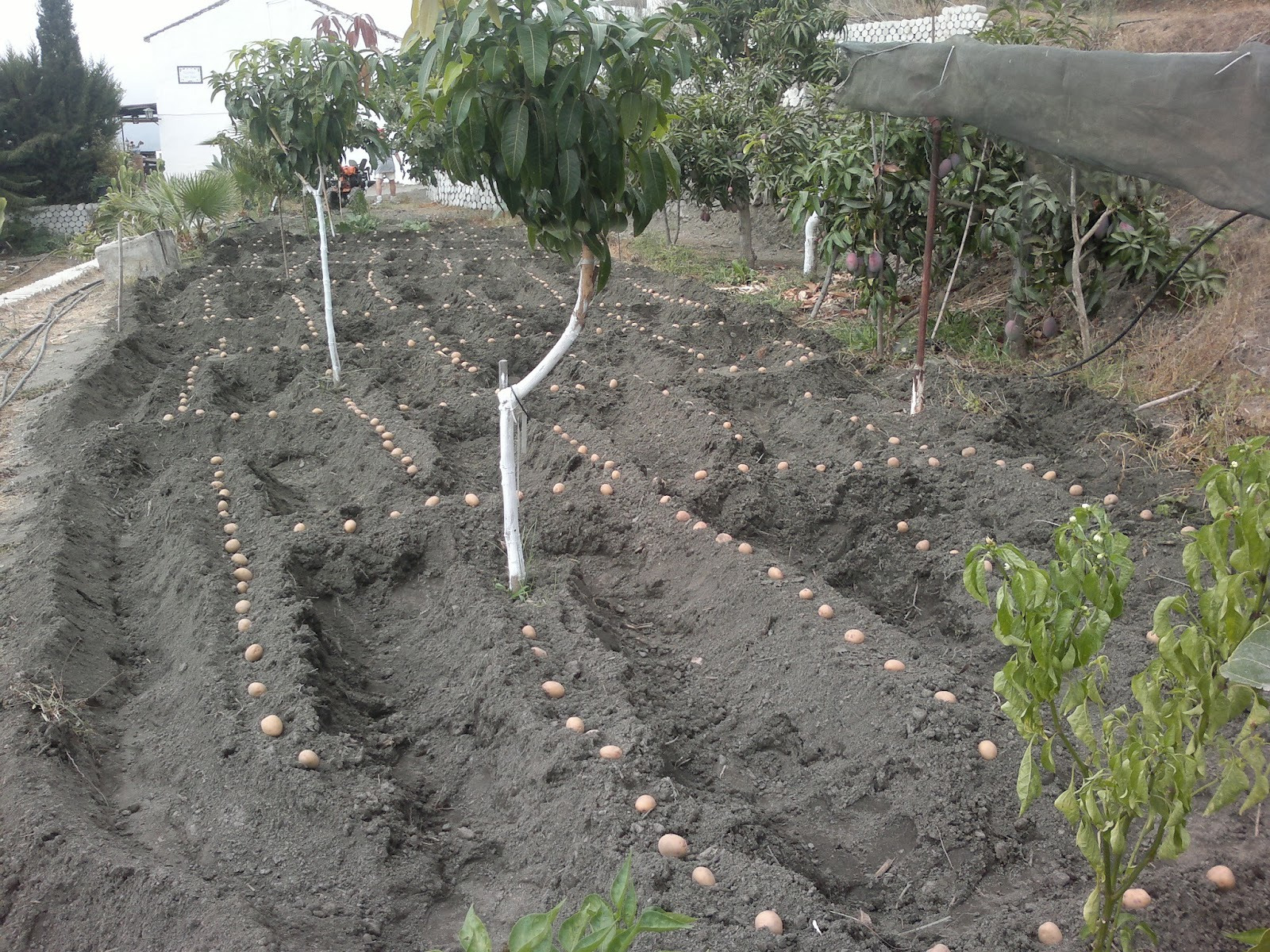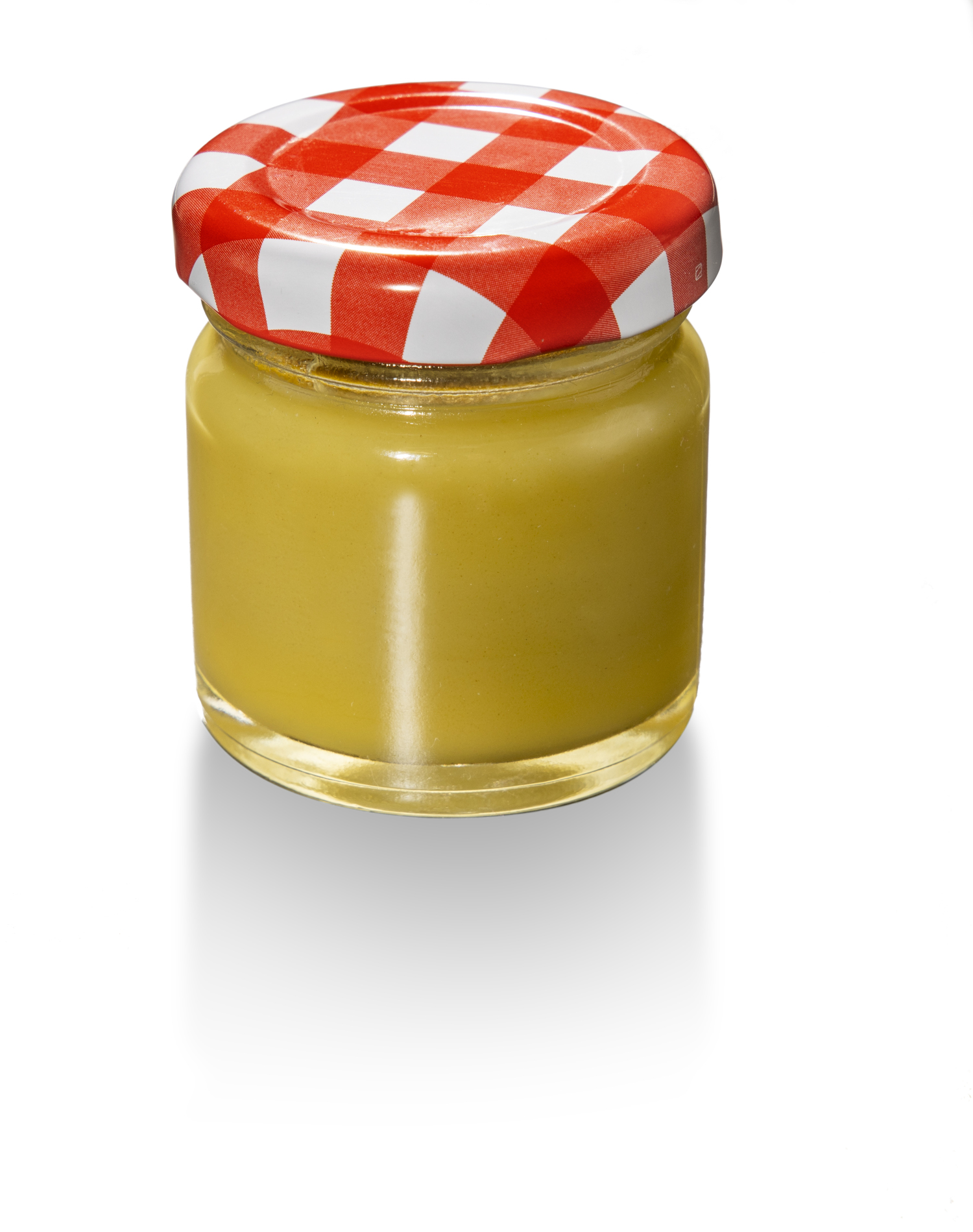
The Decreasing Moon of July is, in my opinion, the best time to plant a leek that enjoys us from the beginning of autumn, winter and spring (Allium ampeloprasum var. porrum). The leek doesn't like heat, let alone drought. In July the day begins to shorten – between the longest day of the solstice on 20 June and 31 July will be cut exactly 45 minutes and 12 seconds – but the days are still very long and they love to grow; it is a plant of great photoperiodicity, both to grow now and to blossom the following year in the longest days of spring. But the leek is aware of the pleasure that surrounds him: every day he cuts off daylight, and more sun, less heat, less drought, more water and colder. Then the leek will be enjoyed, the colder, the sweeter. Leeks in the family of their lilies (Allium sativum) and onions (Allium cepa var). Like strain, it has special smells and tastings due to its sulfur associated essences, so scholars say they are very good for health.
It's also said by those who know that the leek is leveling with fungi on the roots. This will help you grow and provide you with food that enriches your diet, especially phosphorus. This leek treatment capacity is being used to incorporate this root aid into other vegetables. In Navarre, in Castejón, they have been tested with tomato and pepper: after the formation of root mycorrhizae in leeks, they have been introduced in other vegetable seeds or in the roots of the plants. This makes the value of the plant proud and, above all, if there is an era of drought, its capacity to combat it grows. This has made it a technique with a dry landscape from climate change. A furious, secaneous leek will save the Calores fans of the southern tip of Euskal Herria, who live in Iparralde.
We have been working and eating the leek for thousands of years. It is said that in Mesopotamia, Turkey, Egypt and neighbouring territories ate for over 3,000 years, for example, as food for pyramid slaves. The Romans took over him and spread it. He was reportedly transferred to Euskal Herria a few hundred years ago. It was the staple food for the poor Atlantic people during the winter. Now we already have it from failure: In 2021 in Hego Euskal Herria almost 7 million kilos of leek were generated, half in Navarra. Porrusalda is going to be one of our gastronomic symbols, although I think today we have a bit of oblivion. If someone did not disclose what the great agronomist and sociologist Eric Birlouez says in his Petite et grande histoire des légumes of 2020, that is, that Santa Renana Hildegarda Bingengoa (1098-1176) attributed to failure the frustration of passion and strength for sex.
France is the largest producer and diner of leeks in the world, and there, saints, in slang, call the penis “leek”.
Duela lau urte abiatu zuten Azpeitian Enkarguk proiektua, Udalaren, Urkome Landa Garapen Elkartearen eta Azpeitiako eta Gipuzkoako merkatari txikien elkarteen artean. “Orain proiektua bigarren fasera eraman dugu, eta Azkoitian sortu dugu antzeko egitasmoa, bere izenarekin:... [+]
Itsasoan badira landareen itxura izan arren animalia harrapari diren izaki eder batzuk: anemonak. Kantauri itsasoan hainbat anemona espezie ditugun arren, bada bat, guztien artean bereziki erraz atzemateko aukera eskaintzen diguna: itsas-tomatea.
Ohe beroan edo hotzean egiten da hobeto lo? Nik zalantzarik ez daukat: hotzean. Landare jaioberriek bero punttu bat nahiago dute, ordea. Udaberriko ekinozio garai hau aproposa da udako eta udazkeneko mokadu goxoak emango dizkiguten landareen haziak ereiteko.
Udaberrian orain dela egun gutxi sartu gara eta intxaurrondoa dut maisu. Lasai sentitzen dut, konfiantzaz, bere prozesuan, ziklo berria hasten. Plan eta ohitura berriak hartu ditut apirilean, sasoitu naiz, bizitzan proiektu berriei heltzeko konfiantzaz, indarrez, sormen eta... [+]
Aurten "Israel Premier Tech" txirrindularitza talde israeldarra ez da Lizarraldeko Miguel Indurain Sari Nagusia lasterketara etorriko. Berri ona da hori Palestinaren askapenaren alde gaudenontzat eta munstro sionistarekin harreman oro etetea nahi dugunontzat, izan... [+]
Sare sozialen kontra hitz egitea ondo dago, beno, nire inguruan ondo ikusia bezala dago sare sozialek dakartzaten kalteez eta txarkeriez aritzea; progre gelditzen da bat horrela jardunda, baina gaur alde hitz egin nahi dut. Ez ni optimista digitala nauzuelako, baizik eta sare... [+]
Bada Borda bat ilargian. Bai, bai, Borda izeneko krater bat badu ilargiak; talka krater edo astroblema bat da, ilargiaren ageriko aldean dago eta bere koordenadak 25º12’S 46º31’E dira; inguruan 11 krater satelite ditu. Akizen jaiotako Jean Charles Borda de... [+]








